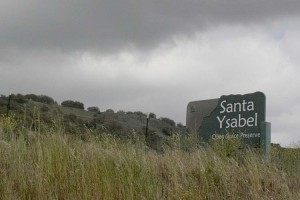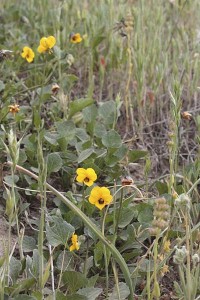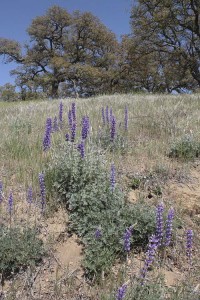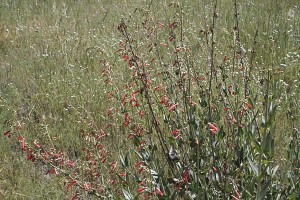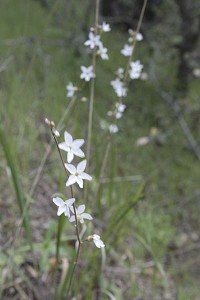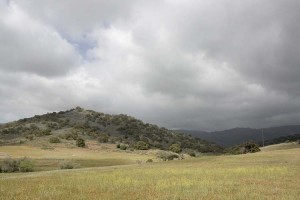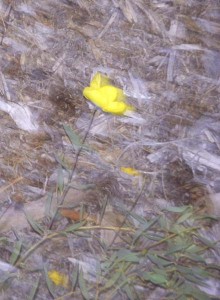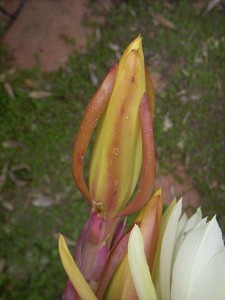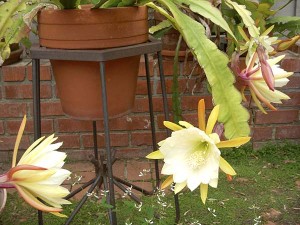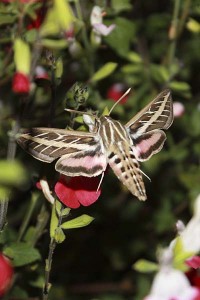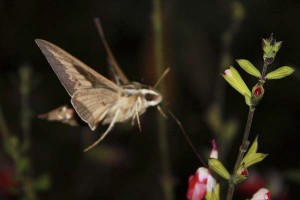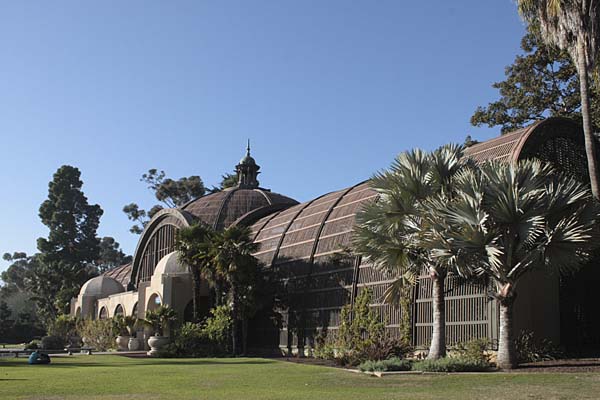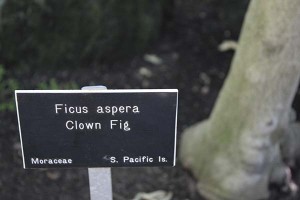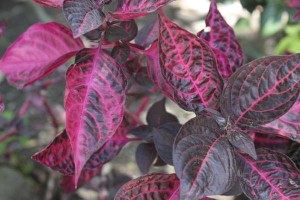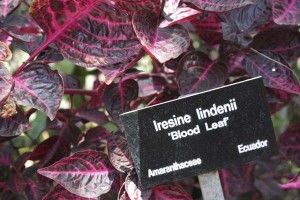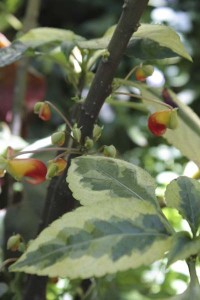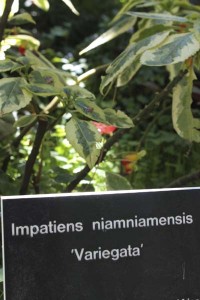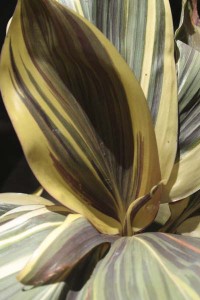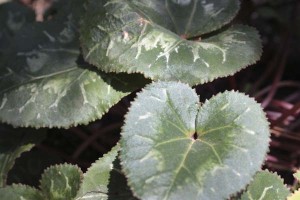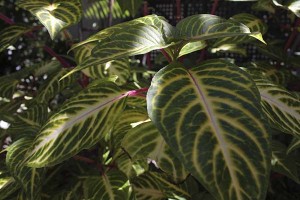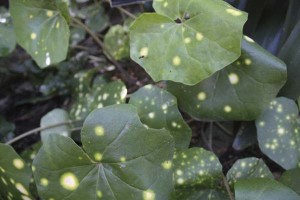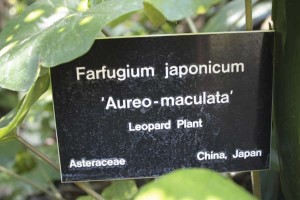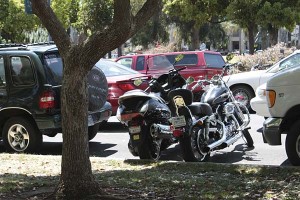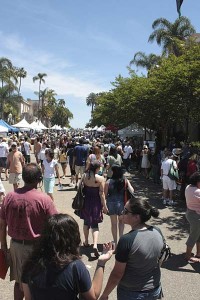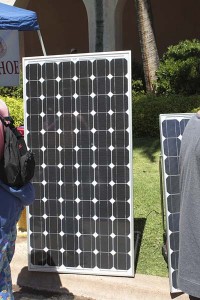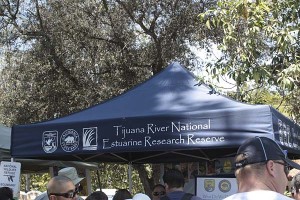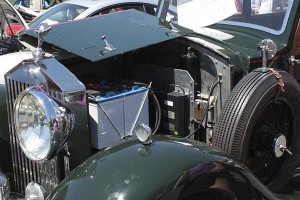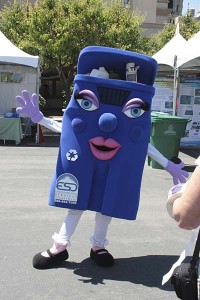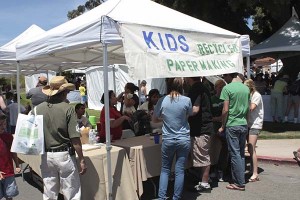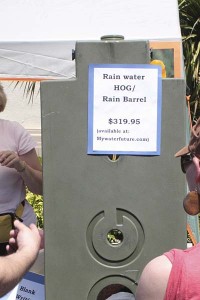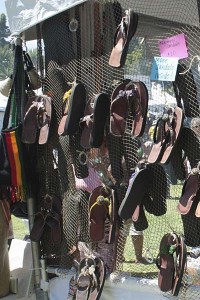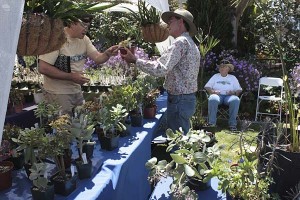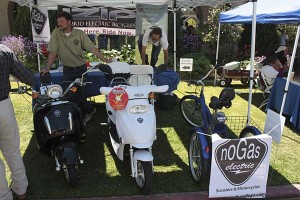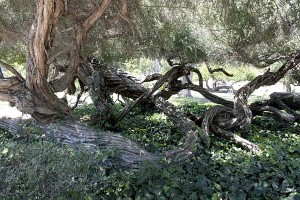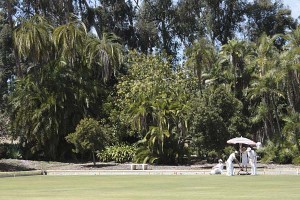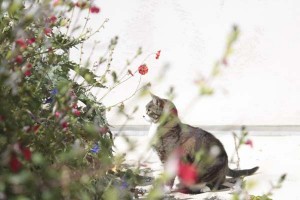A trip to the town of Santa Ysabel in the spring is for me like stepping into a time machine in a couple of different ways. In the first most obvious sense, this little town in the foothills of San Diego County appears to be pickled in some earlier though indefinite time period. A couple buildings have painted facades straight out of 1930s Walker Evans photographs, while others look like straightforward roadside commercial architecture rescued from the 1960s.
Time travel also comes to my mind when I look at the surrounding countryside. Plants that stopped blooming a month ago in my neighborhood canyons are just coming online up here at 3000 feet. Some of this feels like February back home.
Still, even though it contains many familiar plants, this is a very different ecosystem. There are dozens of plants I’d never see back down closer to sea level, and that’s what brought me to Santa Ysabel last weekend.
The town serves as gateway to the Santa Ysabel Open Space Preserve, 5025 acres of foothills and active ranch lands set near the headwaters of the San Diego River.
Botanist Jerilyn Hirshberg led the intense day of botanizing which began with the handing out of sheets of paper listing 203 plants that we stood a good chance of seeing that day.
Be prepared. If you go an an outing looking at all the plant species in an area, expect to spend a certain amount of time huddled together and bent over as you look at some of the smallest of the small plants. People typically call them “belly flowers.” But Jeri used a word that I’d never heard before (and I think was one she’d made up): “dinkophytes”–with “dinko” as in “dinky plants.”
A biologist on the trip complained several times, “That’s not a real word!” But I loved it so much that I hereby grant it official word status and encourage all of you to begin using it.
In the end we didn’t see all 203 plants on the list, but the group found some bonuses that weren’t on it. Here are just a few of them, a couple of which have made it into the garden world.
Johnny jump up, or California golden violet (Viola pedunculata). Perky name, perky plant.
Grape soda lupine (Lupinus excubitus ssp. austromontanus). Yes, it does have a distinct—but delicate—concord grape fragrance, though it’s almost insulting to call the scent ”grape soda.” (Would you describe a flower by saying that it smells like artificially rose-scented air freshener?) The shrub is a pleasant mound of silvery leaves, but the towering spikes make it truly gorgeous this time of year.
California milkweed (Asclepias californica). The clusters of vivid wine blooms are striking. What makes this milkweed really remarkable is that it’s covered with so many soft hairs that it’s hard not to touch it. Kay, the trip organizer, thought it was like handling a cloud. Good description.
This plant hosts the local population of the monarch butterfly. Before you go off and plant this milkweed in hopes of attracting them to your garden, however, it’s worth reading some advice from the Las Pilitas Nursery site: “The alkaloids associated with this milkweed and other milkweeds give the butterflies that feed on it protection. Alkaloids from the wrong milkweed (South American, Mexican, etc.) can expose the butterflies to predation. If the monarch or other butterfly has not evolved with the milkweed they may have limited tolerance for the particular alkaloid of the plant species. The California flyway runs from Baja to Canada, it does not include Mexico proper nor Central America. If you live in Chicago [which is part of the pathway of the monarchs that migrate to mainland Mexico] you can plant Mexican species (Asclepias mexicana) or Asclepias tuberosa, don’t plant our species.”
Scarlet bugler (Penstemon centranthifolius).
One of the botanical highlights centered on this little plant, the hill star (Lithophragma heterophylla), closely related to our very prolific woodland star. Though fairly common to the north, this stand of hill stars formed the only currently known population in San Diego County.
The idea of a county is entirely a human construct, but still I thought that was a pretty cool way to end the trip, seeing the only location of a plant in my local human construct.
To end this post, here are just a few more pictures of the hillsides of the preserve, studded with at least five different species and natural hybrids of oaks…

